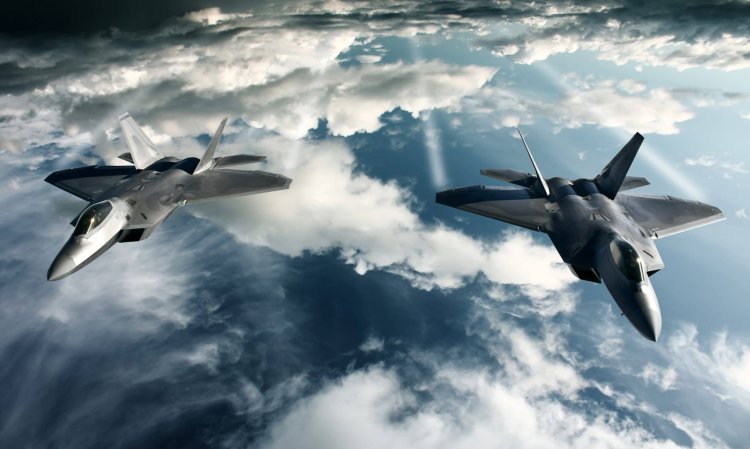US Fighter Jet - Update Software "On the Fly"

The Americans appear to have learned something from the software issues that the F-35 has faced since its inception, so they tackled the development of a sixth-generation aircraft, known as the NGAD, in a different way.
The United States Air Force and Navy are working on sophisticated sixth-generation combat aircraft dubbed NGAD - Next Generation Air Dominance. The project is cloaked in secrecy, and US officials mention it from time to time so that the public does not forget that this high technological initiative exists.
So far, we've only acquired a few things regarding NGAD, the most noteworthy of which appears to be that the maiden flight of the demo took place in 2020, after only a year of development.
Software as the backbone of a new aircraft
It was said from the start that this is a family of airplanes based on the ideas of digital engineering, agile software development, and open architecture, which allows for shorter cycles of technology development and lowers risk through fast prototyping and testing.
As we can see, the software is at the center of the creation of a new generation of fighter jets, which is not surprising given that this component of the system was (and continues to be) one of the most difficult for multi-role fighter aircraft, such as the F-35.
General CQ Brown of the United States Air Force has revealed that the development of NGAD is treated radically different when it comes to software. He claims that the purpose is to decouple avionics from mission control software.
Separating the aircraft's control operations from software that controls other systems, such as guns, radars, and communication systems, would allow more flexibility. This might improve the aircraft's mission in flight without compromising its handling, something Brown claims was not the case with the F-16 he was flying.
The separation of these systems allows for software upgrades essentially "on the fly," but it also opens the door to a broader range of technologies that may be placed in airplanes in a modular fashion.
As a result, multiple manufacturers may supply the avionics, mission, or weapons control systems, as long as they met functional and other standards. As a result, competition will increase, potentially providing the Air Force with a better product at a lower cost.
NGAD, in any form, could not be used until the early 2030s. The United States intends to replace F-22 Raptors, F/A-18E/F Super Hornets, and EA-18G Growlers with newer fighter jets.
It will be accompanied by the possibility of (semi) autonomous control, i.e., computer systems powered by artificial intelligence could take over certain functions from the pilot.
Initially, the vast range of NGAD aircraft should be distributed 40:60 between manned and unmanned aircraft. That ratio would eventually shift to 60:40 in favor of drones.





























